When many people in the insurance industry think of the City of Hope, they probably associate it with the well-publicized National Insurance Industry Council’s Spirit of Life Award gala each year that has raised millions and brought together industry professionals from all walks of life.
But there’s a lot more going on beside the annual event if you ask Ken Birkett, director of development of NIIC for the City of Hope.
NIIC consists of representatives from the property/casualty industry, law firms, brokers, accounting firms, reinsurers, executive placement firms and actuaries in the insurance industry.
According to Birkett, over the past 37 years NIIC has raised more than $27 million to help fund the Duarte, Calif.-based center’s research efforts.
“A lot of good things have come out of this group,” he said.
The group has raised money through a variety of events – though most notably the gala – that include golf and bowling tournaments, as well as other outings.
Nearly 100 insurance companies and firms are now involved with NIIC, which was started in 1978.
“We’ve just kind of grown that into a national presence,” Birkett said.
The Spirit of Life Award gala is NIIC’s key annual fundraising initiative. Each year a prominent honoree is selected for work done in their profession and for their philanthropic efforts. The honoree is given The Spirit of Life Award, which is City of Hope’s top honor.
This year’s honoree was Mike Miller, president and CEO of Scottsdale Insurance Co. The 2016 honoree is Christopher J. Swift, chairman and chief executive officer of The Hartford.
Past honorees read like a who’s who in the P/C industry.
One past honoree is Tony Markel, the name and the man behind building Markel Corp. into one of the largest P/C insurance companies in the U.S.
Markel became involved with City of Hope in 2006 after the NIIC honored him with its annual Spirit of Life Award.
Months after Markel received the award his wife Sue was diagnosed with ovarian cancer. While she was being treated in Virginia, the Markel’s also got help and advice from cancer experts at City of Hope. Sue Markel fought the disease for 13 months before dying in 2008, but the experience with City of Hope inspired Markel to establish the Markel/Friedman Fund for Research into Ovarian/Peritoneal Tumors at City of Hope.
The other name on the initiative is retired City of Hope CEO Michael A. Friedman, who is now an emeritus cancer center director.
Despite already reaching its goal, the initiative kick started by Markel will continue on, Birkett said.
“Tony’s agreed to fund it for next year for a million dollars the first year and then at least $500,000 to $1 million for every after while he’s alive,” Birkett said.
Several groups beside the insurance industry are involved in fundraising for City of Hope. Among the nearly two-dozen industries represented are groups from music and entertainment, office products, food, home improvement and hardware and furniture.
Before it became a research and treatment center for cancer, diabetes and other life-threatening diseases, City of Hope in the early 1900s began as a place to house people suffering from tuberculosis. It was originally named the Los Angeles Sanatorium and consisted of tents for patients and caregivers, but its nickname City of Hope stuck.
City of Hope operates on a budget of more than $1 billion per year, and employs roughly 4,000. More than 12,000 bone marrow and stem cell transplants have been performed by the facility, which holds more than 300 patents.
“The science and technology that we’ve created directly impacts over 100 million people worldwide annually,” Birkett said.
City of Hope Statistics
City of Hope is a cancer and diabetes research and treatment facility that gets if funding from charitable groups, such as the National Insurance Industry Council.
The Duarte, Calif.-based facility has some impressive accolades. Here are a few:
- In fiscal year 2014 fiscal year, City of Hope was awarded more than $72.9 million in research grants and received roughly $249.8 million in revenues from patented technologies.
- Numerous breakthrough cancer drugs, including Herceptin, Rituxan and Avastin, are based on technology pioneered by City of Hope.
- Millions of people with diabetes benefit from synthetic human insulin, developed through research conducted at City of Hope.
- The facility was a pioneer in bone marrow and stem cell transplants, and has performed more than 12,000 bone marrow and stem cell transplants.
- Surgeons at City of Hope have performed more than 10,000 robotic procedures for prostate, kidney, colon, liver, bladder, gynecologic, oral and other cancers.
- City of Hope holds more than 300 patents, and submits nearly 30 applications per year to the Food and Drug Administration for investigational new therapies.
- Scientists at the facility pioneered the application of blood stem cell transplants to treat patients with HIV- and AIDS-related lymphoma. Researchers there used a new form of gene therapy to achieve the first long-term persistence of anti-HIV genes in patients with AIDS-related lymphoma. This treatment ultimately may cure not only lymphoma, but also HIV/AIDS, and researchers are expanding their studies with a new clinical trial.
Related:
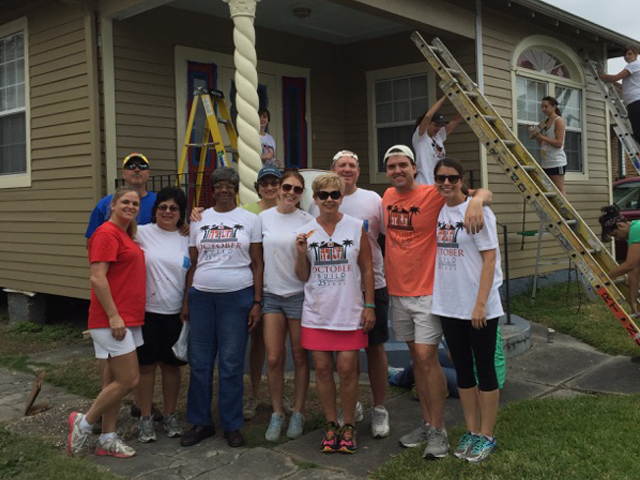
Gillis, Ellis & Baker
Employees of Gillis, Ellis & Baker Insurance (GEB) spent a recent weekend fixing up the exterior of the Gentilly home of Eleonor Sheppard. The GEB team repaired siding, painted the home’s exterior and built safe steps through Rebuilding Together New Orleans, whose mission is to allow low-income families to live in safety, warmth and dignity. L to R: Casey Darden, Howe Hubert, Margaret Hubert, Eleanor Sheppard, Sharon Miller, Brooke Davis, Karen Crouch, Charles Eshleman, Hill Dupuy, and Regan Dupuy
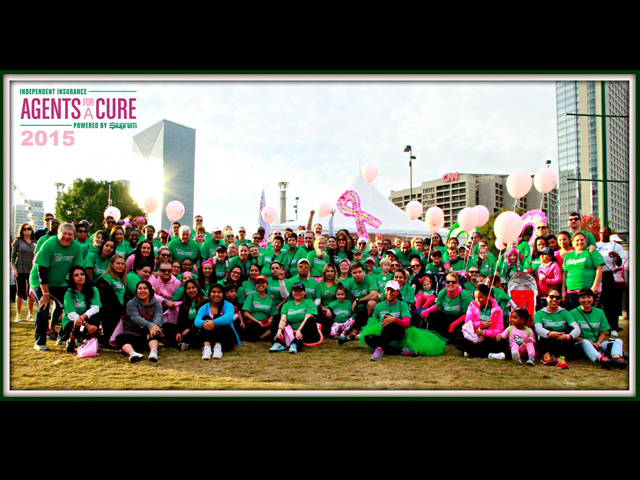
SIUPREM
Siuprem Inc., an independently owned and managed premium finance company, based in Alpharetta, Ga., supports the fight against breast cancer by committing $5 for each commercial insurance policy financed, to the American Cancer Society for breast cancer awareness and research. Over the past six years, with the support of SIUPREM’s Independent Insurance Agency Partners, SIUPREM CARES has donated more than $250,000 to breast cancer awareness and research. The goal in 2016 is to donate an additional $70,000.
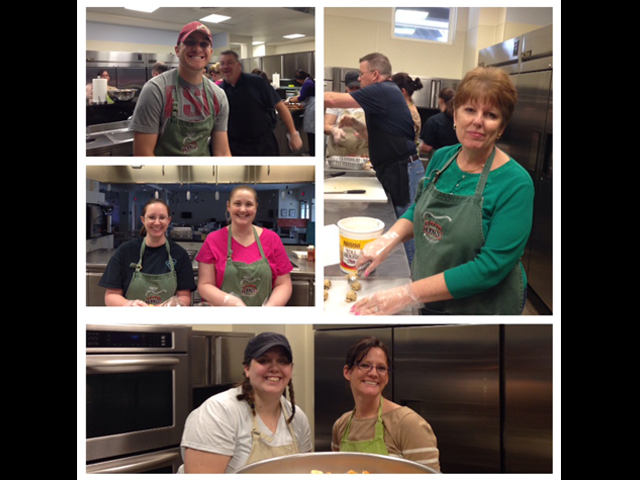
ITC
Once a quarter, Insurance Technologies Corp. (ITC) cooks dinner or lunch for the families staying at the Ronald McDonald House in Dallas.
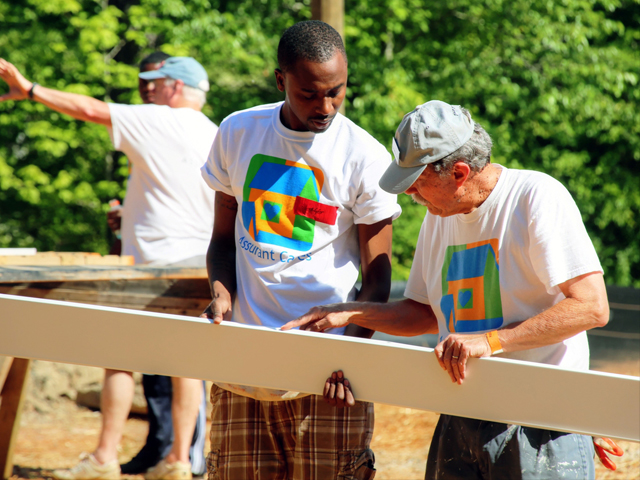
Assurant
Through the Assurant Foundation, the company’s philanthropic organization, Assurant and employees support and partner with organizations that improve communities. One effort includes partnerships with Habitat for Humanity chapters across the country to help build affordable housing for families in need. With a focus on homes and property, employees donate time and sweat equity to make the dream of owning a home become a reality for low-income families.

Target Markets Program Administrators
Members of the Target Markets Program Administrators Association purchase, pack and ship more than 1,000 care packages to military men and women serving in Iraq and Afghanistan. In the “Packages From Home” Initiative, TMPAA Charities has raised almost $50,000 to purchase the materials and shipping for these packages.

Higginbotham
In partnership with the Community Foundation of North Texas, Higginbotham created the Higginbotham Community Fund in 2010 to provide monetary support to nonprofits operating in Texas. Since inception, the Higginbotham Community Fund has amassed $638,787 in employee contributions and pledges, $481,481 of which has been granted to more than 100 nonprofits in Texas. In addition to fundraising, employees get involved by joining the Higginbotham F.O.R.C.E. (Family Of Responsible Caring Employees) and engaging in charitable activities organized by the firm. In late May, the Higginbotham Community Fund granted $15,000 to nonprofit organizations in the most devastated flood areas of Texas, including Austin, Corpus Christi and Houston where Higginbotham has offices. Also, 20 employees volunteered with relief efforts that cleared debris and repaired homes along Blanco River in Wimberley.
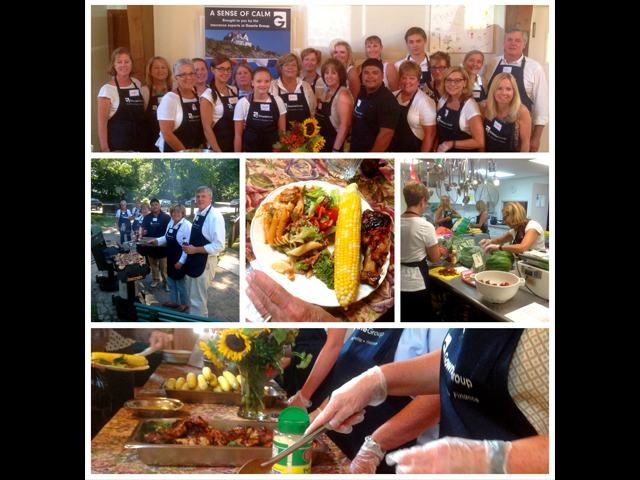
Gowrie Group
On Nov. 15, Gowrie Group launched its 12th annual Gowrie Challenge with a matching gift of $25,000 to The Shoreline Soup Kitchens & Pantries. Partner sponsors are providing an additional $22,500 in matching funds. Meeting this year’s goal of raising $125,000 will put the lifetime total amount raised by the Gowrie Group Shoreline Soup Kitchen Challenge over the $1 million mark. The agency is challenging local businesses and individuals to join together to help reach its goal. The Gowrie Challenge runs from Nov. 15 to Dec. 31.
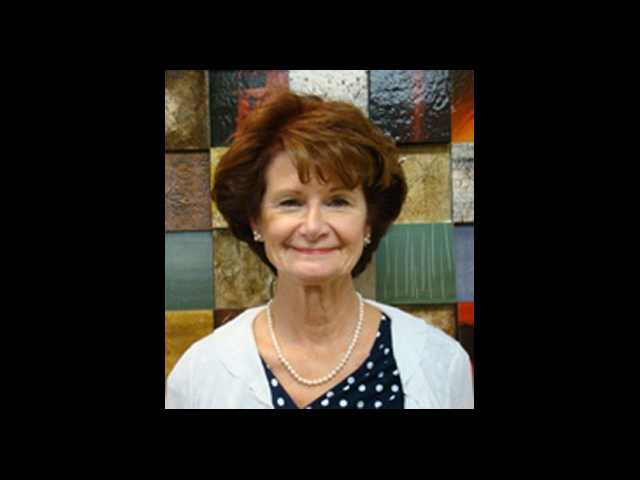
Eagan Insurance Associate
Eagan Insurance Associate Cindy G. Paulin wears many hats in her active life, but during the holidays, one of her favorites is a Santa hat. For the last four years, Paulin has participated in Catholic Charities’ Christmas Adopt-A-Family program. With the help of Eagan co-workers, friends and members of the CPCU Society Deep South Chapter, Paulin collects money to fill the wish list of a family in need at Christmas. This year she adopted two families, with a combined total of 12 children. With the help of her “elves”, she delivered new bikes for each child, toys, gift cards, electronics and all the trimmings, far surpassing the items on their wish lists. In a heartwarming thank you letter, one of the children shared the words of the family’s 10-year-old who asked “Who does this?” to which her brother replied “Santa Claus, dumbo!.”
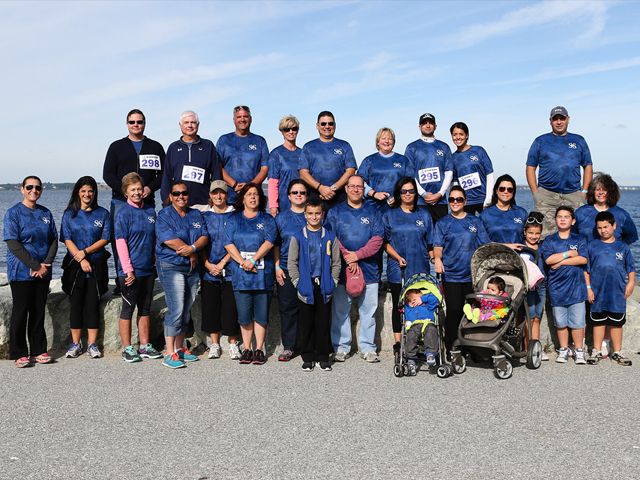
Starkweather & Shepley
Starkweather & Shepley Insurance’s Fred Tripp (former CEO of the agency) Walk for Wellness campaign raised funds and wellness awareness to benefit the local community. This year, Starkweather & Shepley teamed up with the Run for the Fallen Rhode Island, established to honor the memories and families of our Rhode Island fallen heroes who have died since Sept. 11, 2001. The Starkweather & Shepley Charitable Fund provides grants to local charities to give back to the communities.
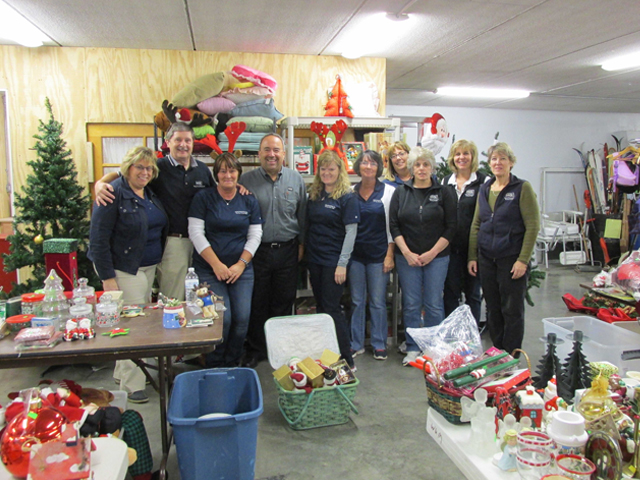
Haylor, Freyer & Coon
In June, Haylor, Freyer & Coon Inc. partnered with ARISE for our “Corporate Days of Service”. ARISE is a non-profit, community-based organization that works to ensure that everyone, regardless of disability, has the power to make life choices and achieve their dreams. One of the ways they achieve this goal is through a 70-acre therapeutic horse farm which provides inclusive summer camp opportunities, horseback riding lessons and therapy for children with disabilities. Over the course of three days 65-plus employees painted barns, cleaned horse stalls and planted three large rain gardens to provide proper drainage for the new all accessible playground.
Topics
Market
Property Casualty
Interested in Market?
Get automatic alerts for this topic.












 Global Tech Outage Disrupts Industries, Highlights Online Risks
Global Tech Outage Disrupts Industries, Highlights Online Risks  Wall Street Pushes Back After Activists Escalate Protests
Wall Street Pushes Back After Activists Escalate Protests  Hard Market Conditions Expected to Ease in 2025 as Claims Inflation Softens: Swiss Re
Hard Market Conditions Expected to Ease in 2025 as Claims Inflation Softens: Swiss Re  Project 2025 Plan to End NFIP Welcomed by Some, Rejected by Others in Insurance
Project 2025 Plan to End NFIP Welcomed by Some, Rejected by Others in Insurance 

